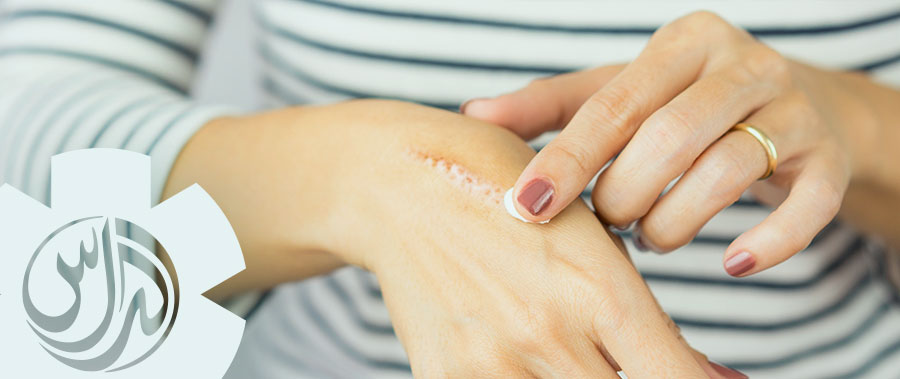Burn
By Dr. Sergio Mazzei, General Surgeon

A burn is tissue damage that results from scalding, overexposure to the sun or other radiation, contact with flames, chemicals or electricity, or smoke inhalation.
When a burn injury occurs, it causes a break in the skin and may subsequently cause an infection if not treated appropriately or right away.
Burns are divided into three categories: first-degree or superficial burns, second-degree or partial-thickness burns, and third-degree or full-thickness burns.
- The burn penetrates all layers of the skin;
- The skin is leathery or charred looking, with white, brown, or black patches;
- The person is an infant or a senior;
- The burn is deep;
- The skin is dry and leathery;
- The burn is larger than 3 inches (about 8 centimeters) in diameter or covers the hands, feet, face, groin, buttocks, or a major joint;
All other burns are considered minor, and they may involve:
- Superficial redness similar to a sunburn,
- Pain,
- Blisters.
- Protect the burned person from further harm. If you can do so safely, make sure the person you’re helping is not in contact with the source of the burn;
- Remove jewelry, belts, and other restrictive items, especially from around burned areas and the neck. Burned areas swell rapidly;
- Cover the area of the burn. Use a moist bandage or clean cloth.
- Don’t immerse severe burns in water. Doing so could cause a loss of body heat (hypothermia);
- Elevate the burned area. Raise the wound above heart level, if possible;
- Watch for signs of shock. Signs and symptoms include fainting, pale complexion, or breathing in a notably shallow fashion;
It may take several days for a mild first-degree or second-degree burn to heal. During that time, the doctor will monitor the burn for infection. As the skin begins to heal, the patient may also notice that it will itch, which can be very uncomfortable at times. This is normal and will eventually decrease. Frequent application of lotion can help keep the skin hydrated and minimize the itching process. The wound should be kept clean with daily dressing changes.
The burn treatment depends on the extension and how deep the burn is. Sometimes the use of advanced dressing could be enough; whereas in a few cases, it is necessary to perform surgical procedures using dermal substitutes (bioactive tissue matrix allograft composed of dehydrated human amnion/chorion membrane (dHACM), hyaluronic acid ester matrix, naturally-occurring urinary bladder matrix (UBM), a porous matrix of fibers of cross-linked bovine tendon collagen and so on). Also, if required dermal/epidermal skin graft must also be performed.
Book a visit 04 452 9998 or by filling the online form